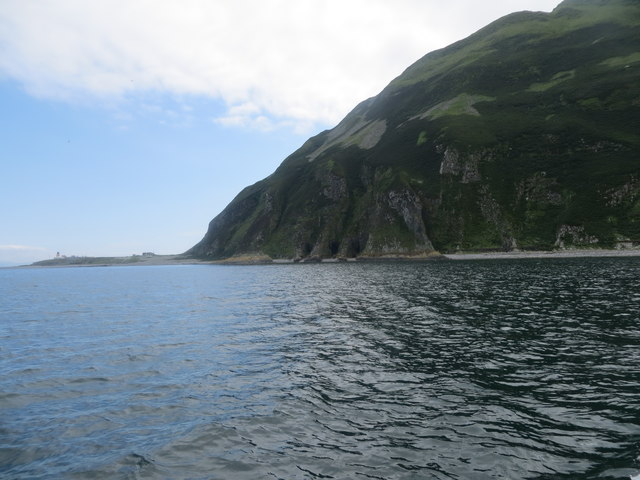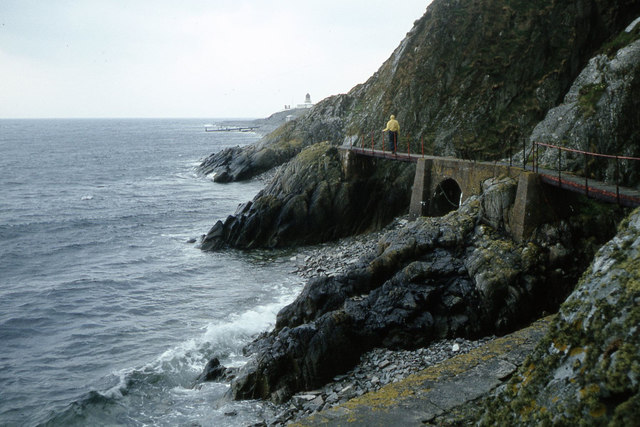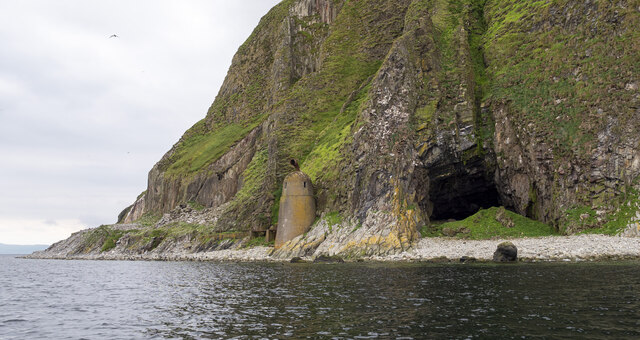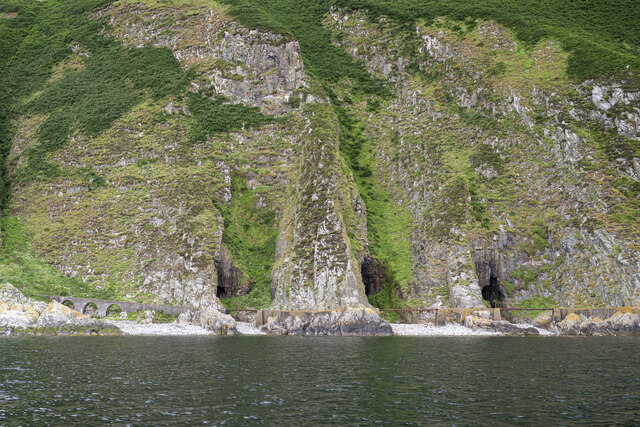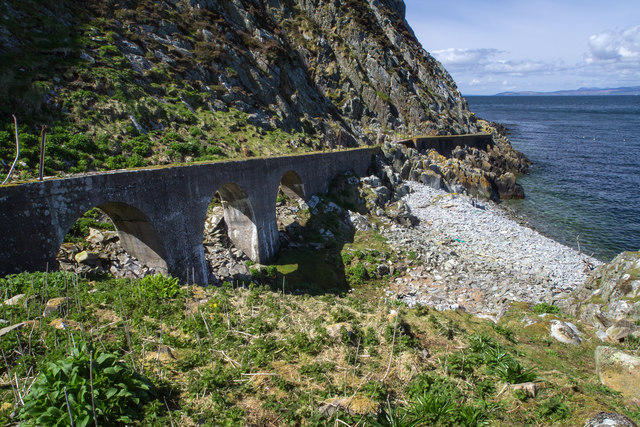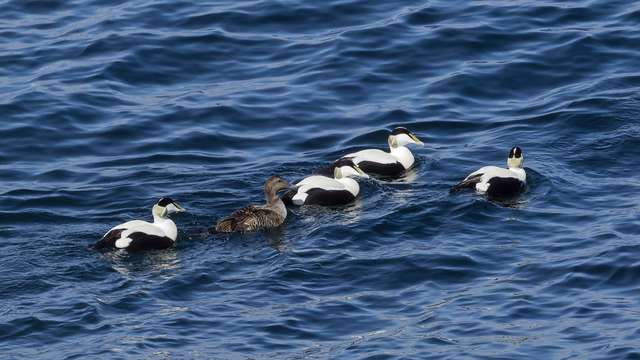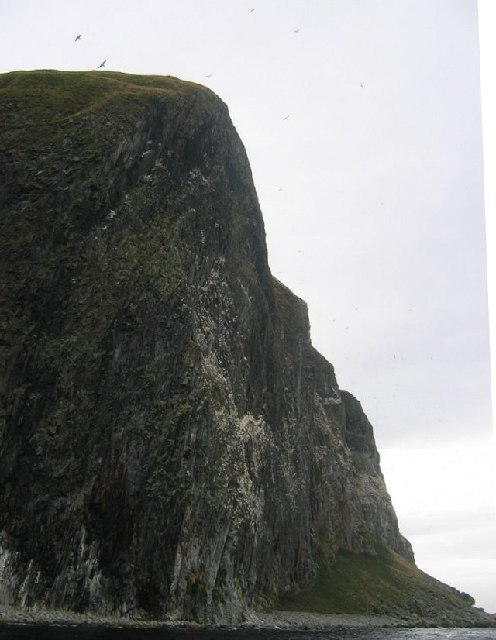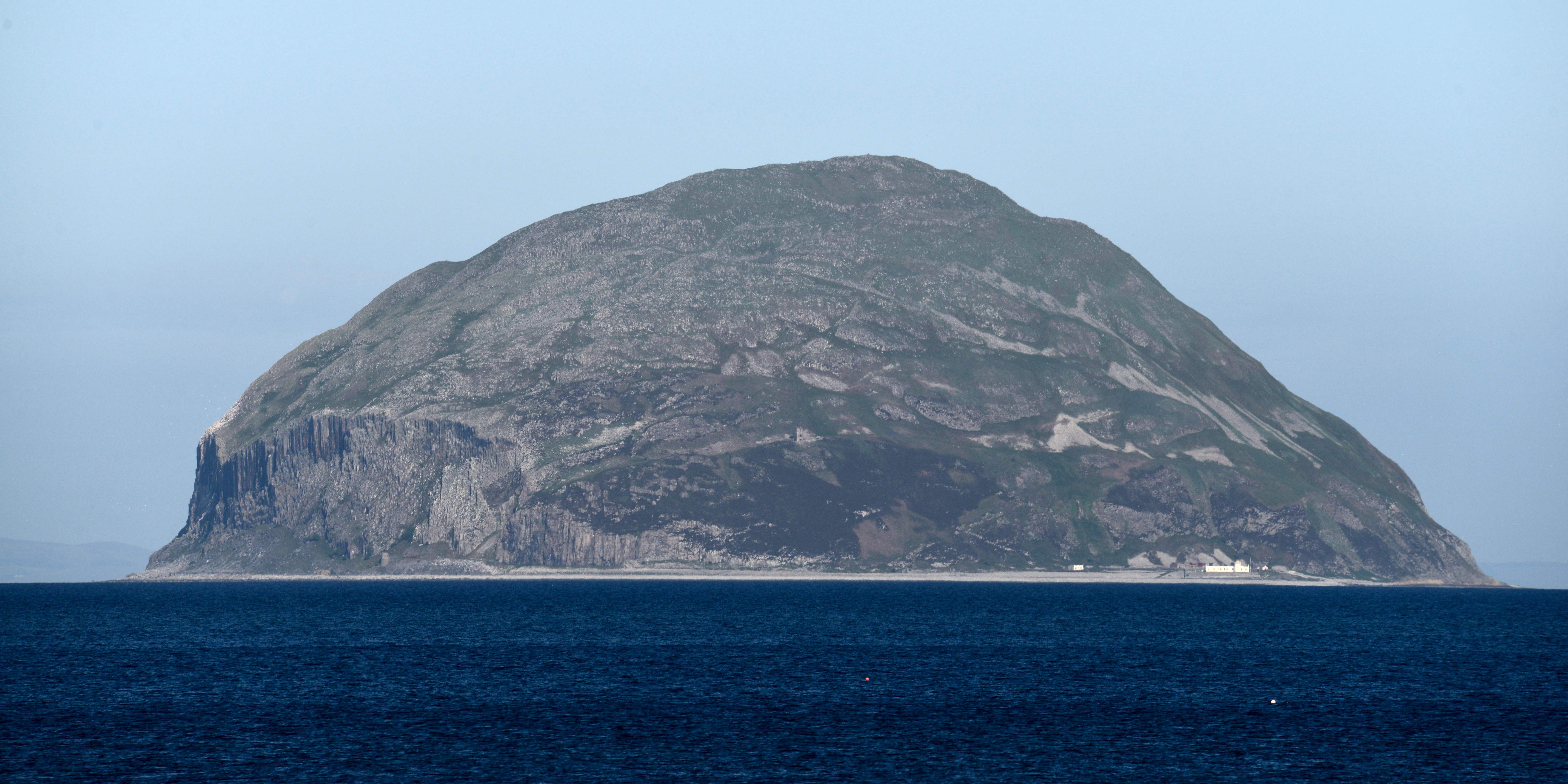Dalton's Cove
Coastal Marsh, Saltings in Ayrshire
Scotland
Dalton's Cove
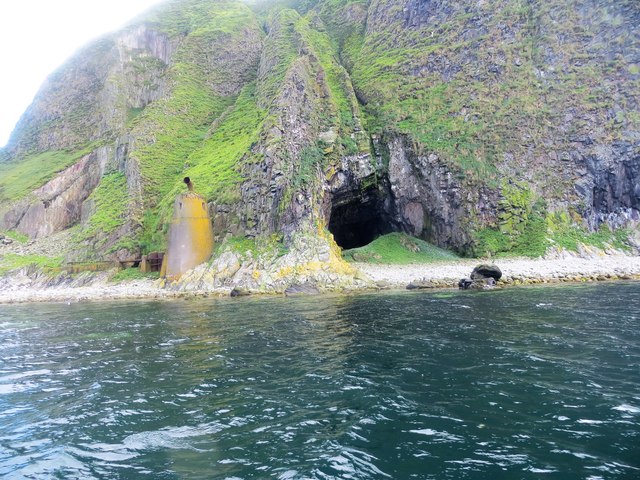
Dalton's Cove is a picturesque coastal marsh and saltings located in Ayrshire, Scotland. Situated along the western coast, the Cove spans approximately 2 kilometers and is known for its unique and diverse ecosystem.
The area is characterized by its vast stretch of salt marshes, which are a result of the intertidal zone between land and sea. These marshes are home to a variety of plant species, such as saltmarsh grasses, samphire, and sea lavender, which have adapted to the harsh brackish environment. The saltings also provide a vital habitat for numerous bird species, including wading birds like herons, oystercatchers, and curlews.
Dalton's Cove offers visitors a stunning panoramic view of the coastline, with its sandy beaches, rocky outcrops, and rolling dunes. The area is a popular destination for nature enthusiasts and birdwatchers, who can explore the network of walking trails and bird hides that have been established to observe the local wildlife.
In addition to its natural beauty, Dalton's Cove also holds historical significance. The remains of an ancient settlement, believed to date back to the Iron Age, can be found in the vicinity. Archaeological artifacts have been discovered in the area, shedding light on the lives of the people who once inhabited this coastal region.
Overall, Dalton's Cove is a captivating destination that showcases the beauty and ecological importance of coastal marshes and saltings. Its diverse flora and fauna, combined with its rich history, make it a must-visit location for those seeking a serene and educational experience in Ayrshire.
If you have any feedback on the listing, please let us know in the comments section below.
Dalton's Cove Images
Images are sourced within 2km of 55.247734/-5.1116957 or Grid Reference NX0299. Thanks to Geograph Open Source API. All images are credited.
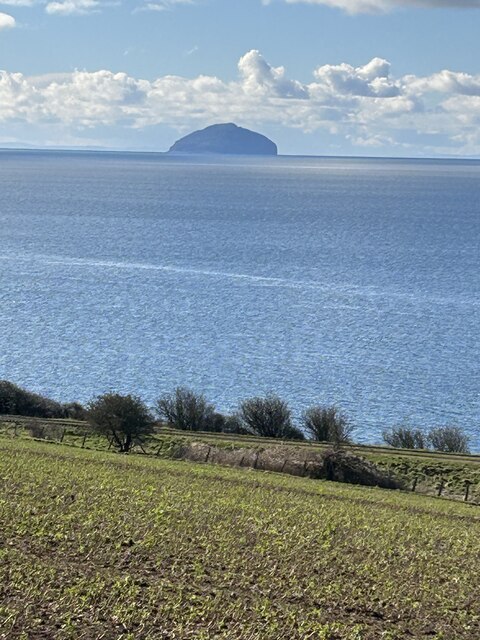
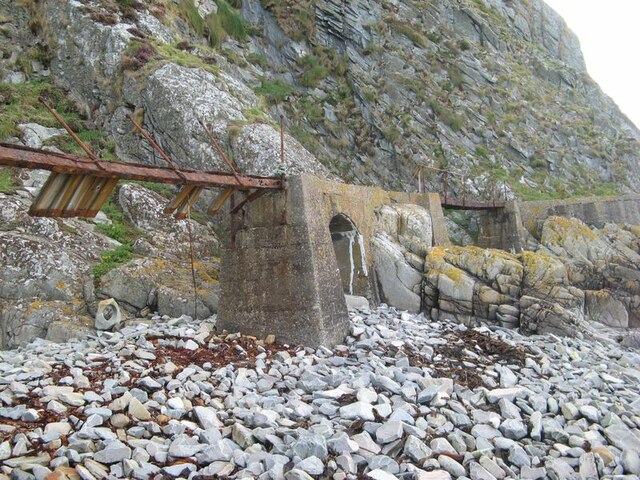
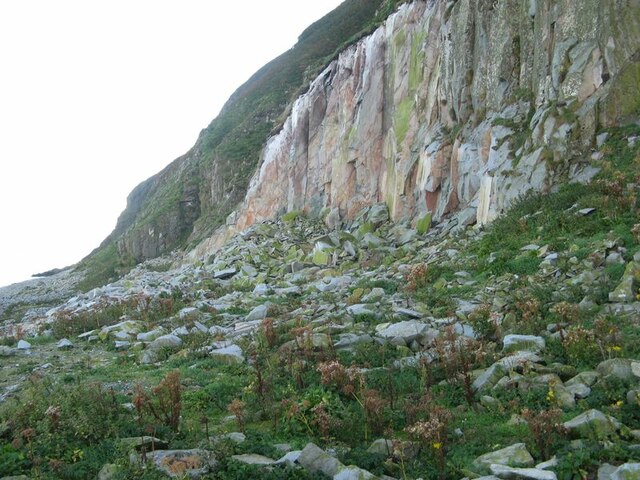
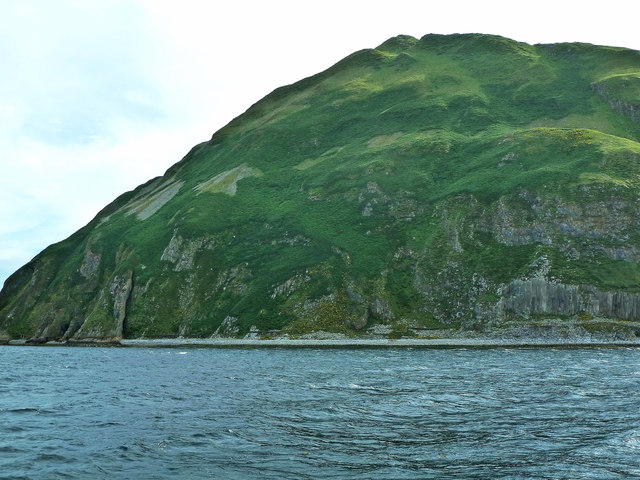
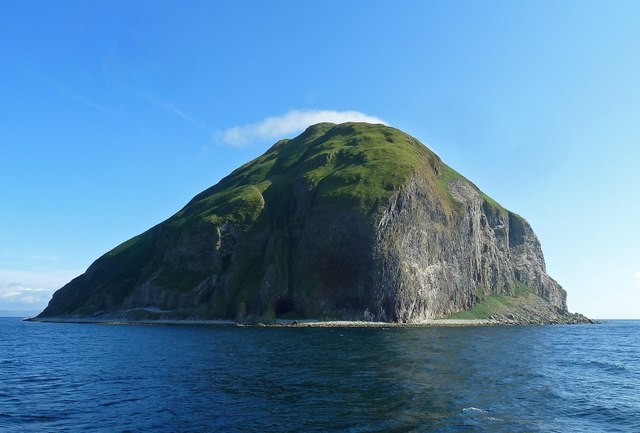
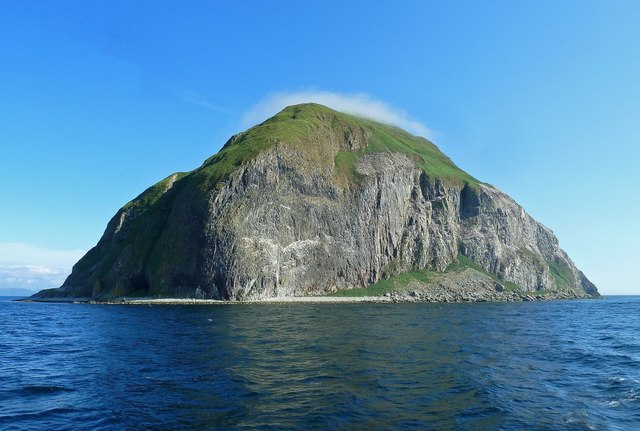
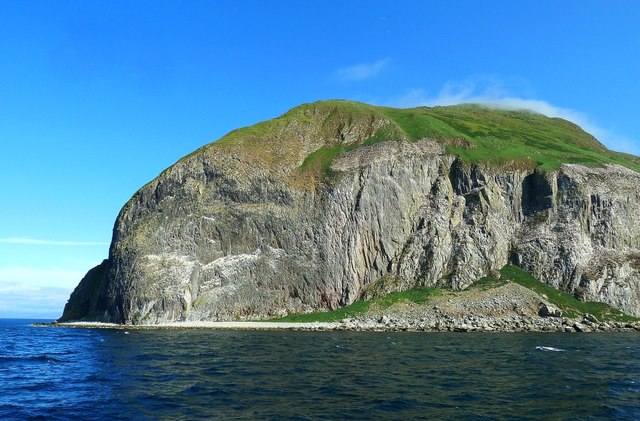
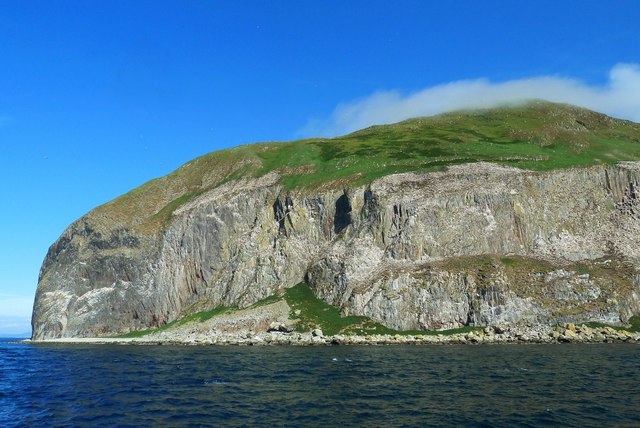
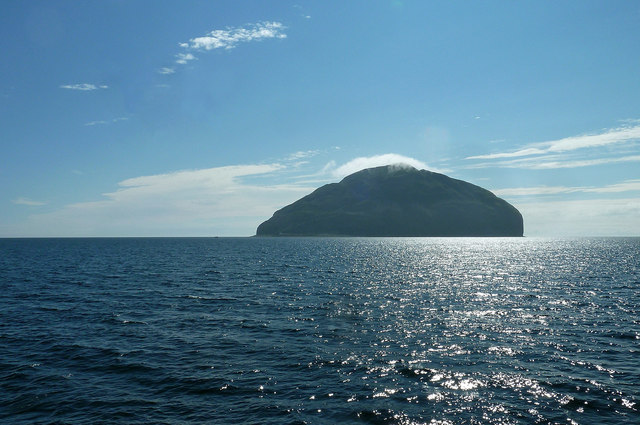
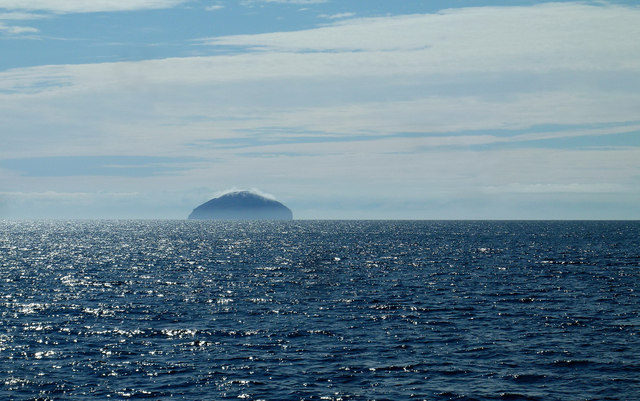
Dalton's Cove is located at Grid Ref: NX0299 (Lat: 55.247734, Lng: -5.1116957)
Unitary Authority: South Ayrshire
Police Authority: Ayrshire
What 3 Words
///tentacles.tricks.language. Near Girvan, South Ayrshire
Nearby Locations
Related Wikis
Ailsa Craig Lighthouse
The Ailsa Craig Lighthouse, is an active 19th century lighthouse located on Ailsa Craig, an island in the Firth of Clyde, just offshore from Girvan, South...
Ailsa Craig
Ailsa Craig (; Scots: Ailsae Craig; Scottish Gaelic: Creag Ealasaid) is an island of 99 ha (240 acres) in the outer Firth of Clyde, 16 km (8+1⁄2 nmi) west...
Have you been to Dalton's Cove?
Leave your review of Dalton's Cove below (or comments, questions and feedback).
